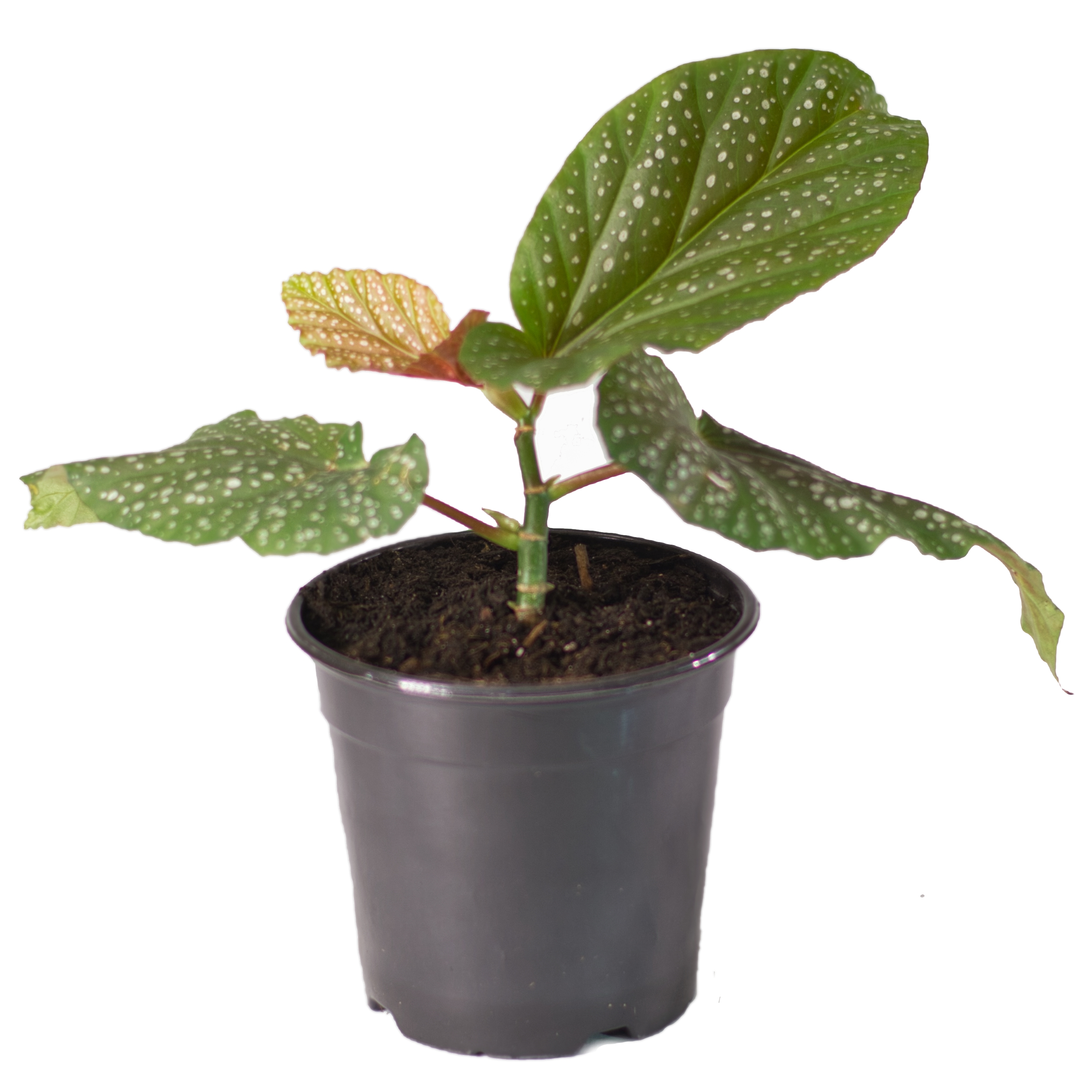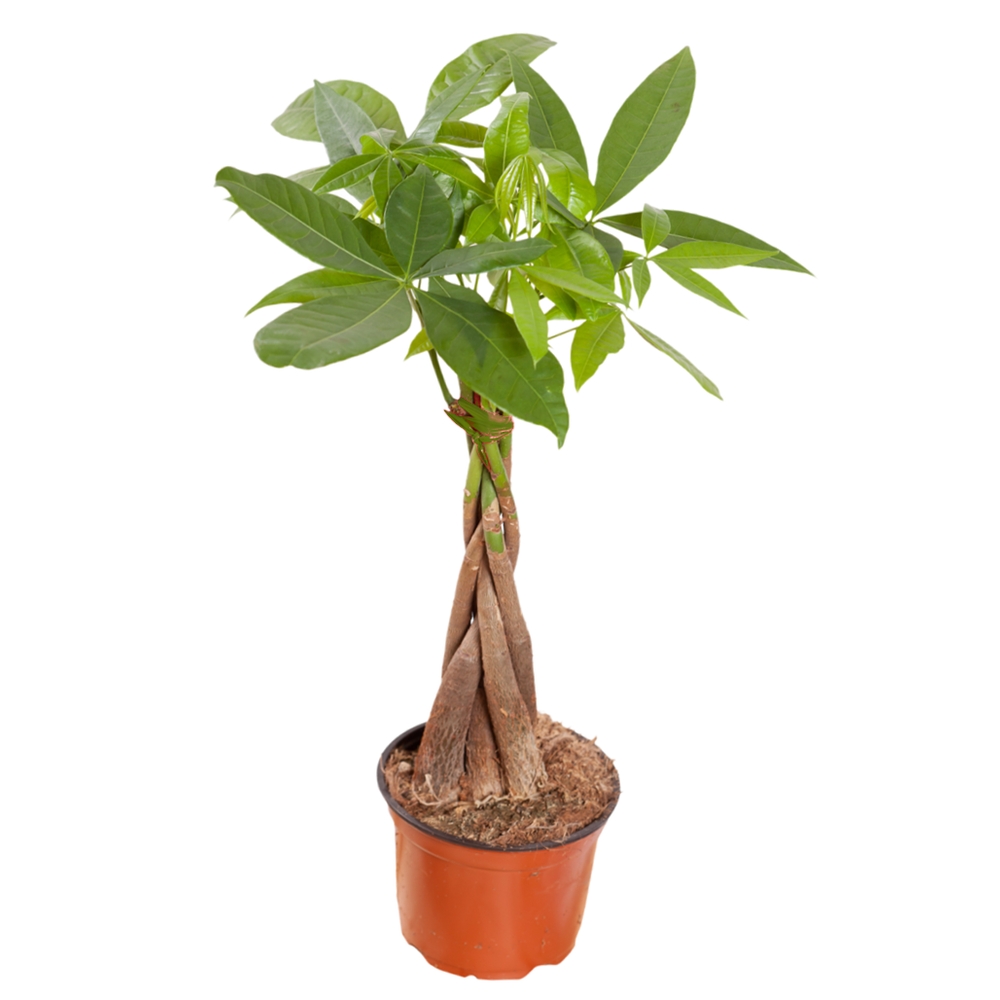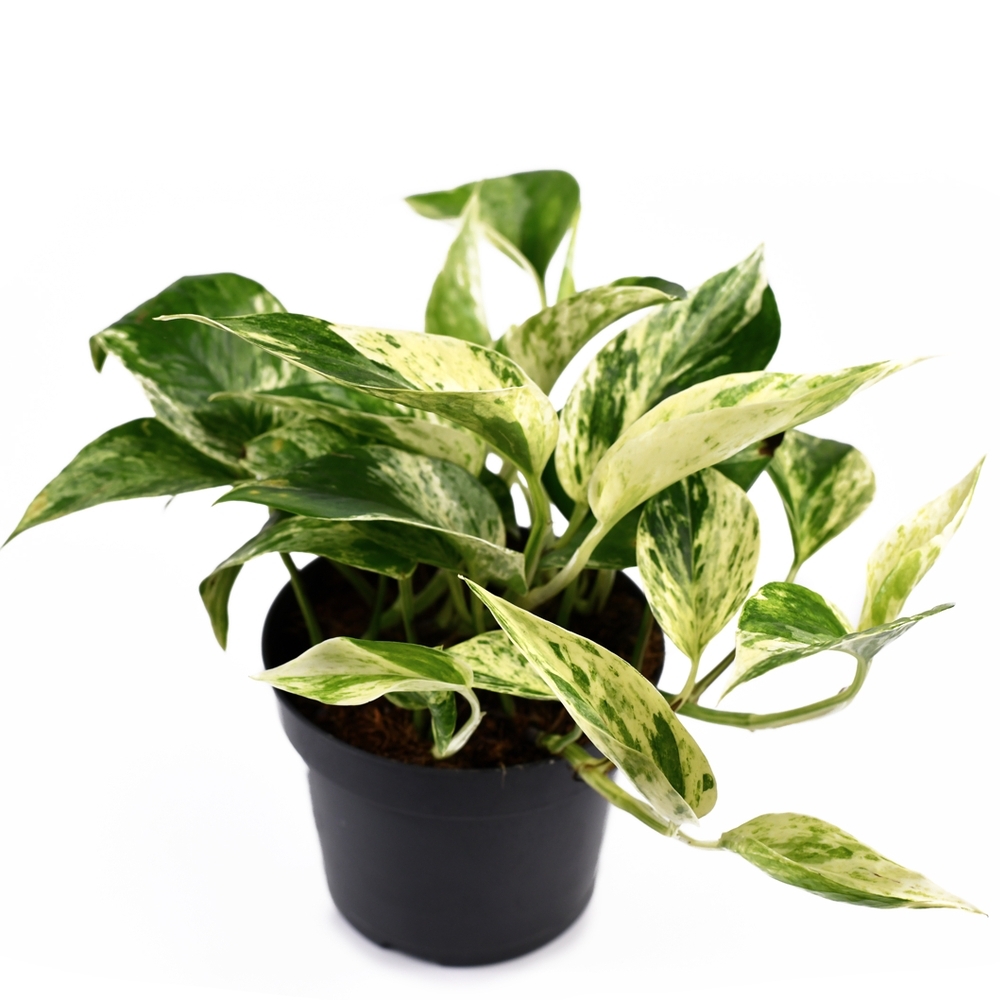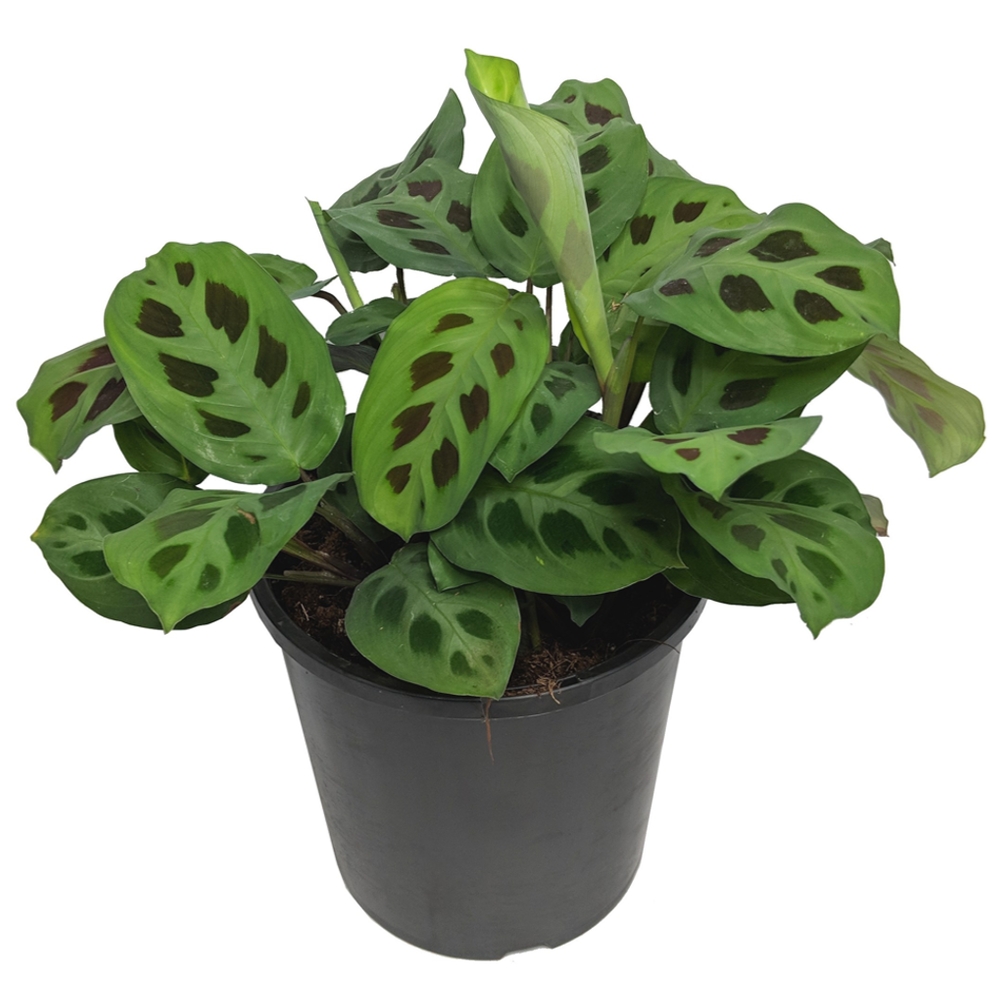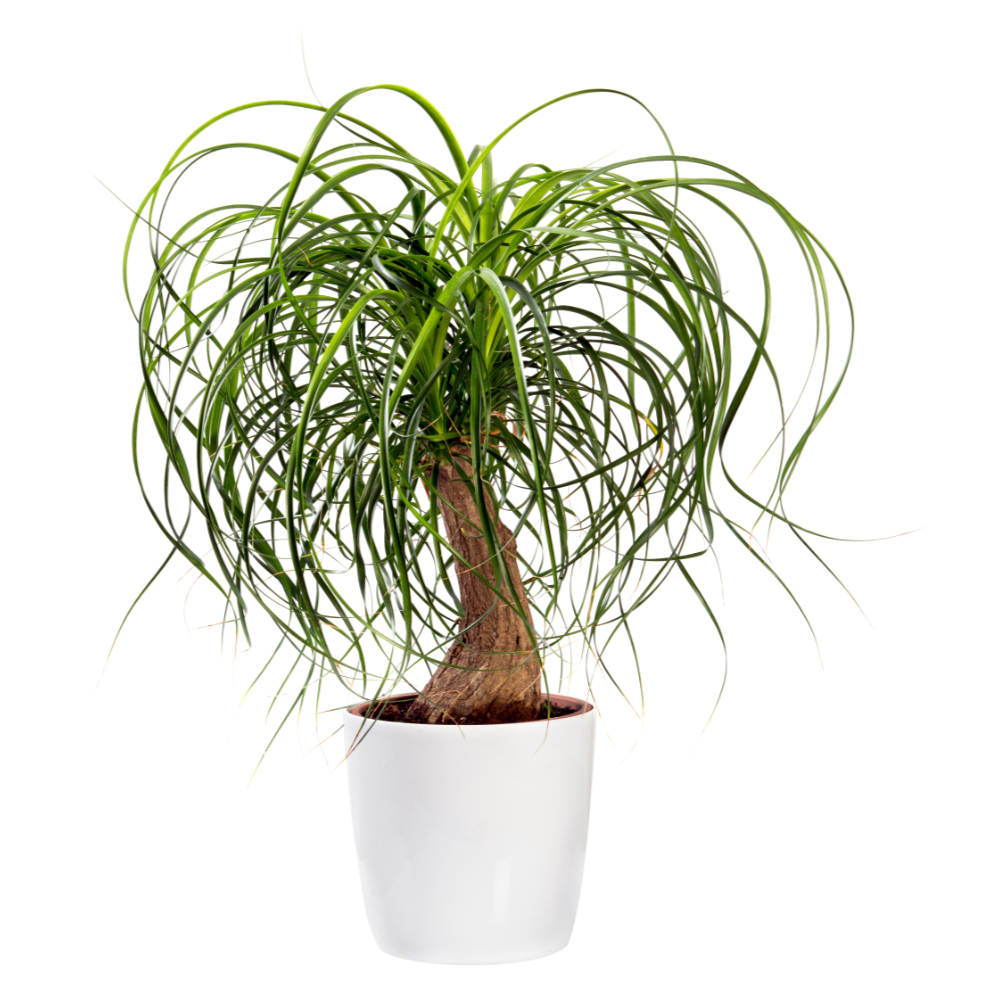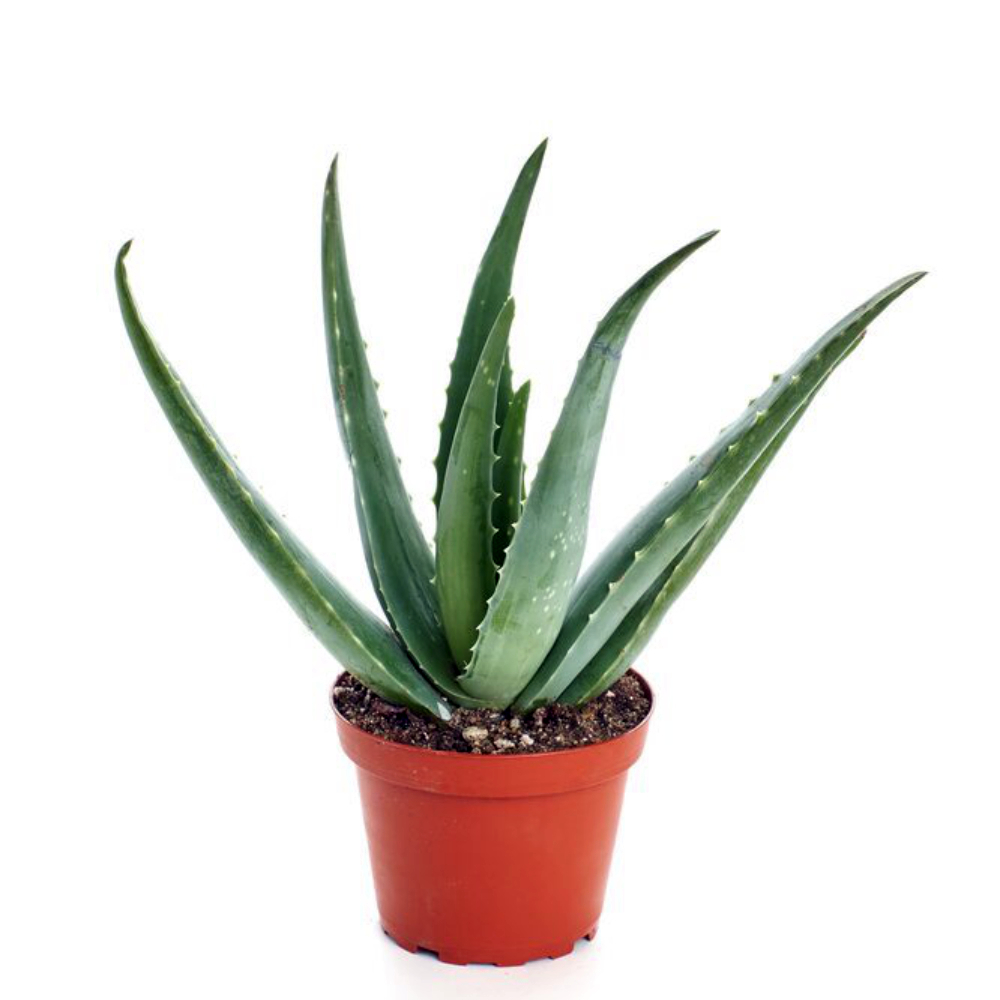Akbari, H. “Shade trees reduce building energy use and cO2 emissions from power plants.” Elsevier Science ltd., Environmental Pollution 116 (2002) S119-S126. Berkeley, cA. 2002.
Alliance for Excellent Education. 2007. The High cost of High School Dropouts: What the Nation Pays for Inadequate High Schools. Issue Brief.
American Hospital Association. “Fast Facts on US Hospitals.” Health Forum llc. chicago, Il. 2010.
Beauchemin, Kathleen M. and Peter Hays. “Sunny hospital rooms expedite recovery.” Elsevier Science ltd., Journal of Affective Disorders 40: 49-51. Alberta, canada. 1996.
Begley, c.E., J.F. Annegars, A.c. Swann, c. lewis, S. coan, W.B. Schnapp, and l. Bryant-comstock. “The lifetime costs of bipolar disorder in the US: an estimate for new cases in 1998.” The University of Texas Health Science center. Houston, TX. 2001.
Benedetti, Francesco, cristina colombo, Barbara Barbini, Euridice campori, and Enrico Smeraldi. “Morning sunlight reduces length of hospitalization in bipolar depression.” Elsevier Science ltd., Journal of Affective Disorders 221-223. Milan, Italy. 2001.
Benefits and costs of the clean Air Act from 1990-2020. US Environmental Protection Agency. Office of Air and Radiation. March 2011. Final Report.
Benson, Earl, Julia Hansen, Arthur l. Schwartz Jr., Greg T Smersh. 1998. Pricing Residential Amenities: The Value of a View. Journal of Real Estate Finance and Economics. 16: 1, 55-73.
Bergs, J. A. “Effect of Healthy Workplaces: Office work, well-being, and productivity.” Green Solar Architecture. Amersfoort, The Netherlands. 2002.
Biederman I, Vessel EA. Perceptual pleasure and the brain. Am Sci 2006; 94:249–255.
BOMA. Benchmarking Reports. Experience Exchange Report (EER). BOMA International. Released 1991.
BOMA. Benchmarking Reports. Experience Exchange Report (EER). BOMA International. Released July 2010.
Boyce, Peter R. “Review: The Impact of light in Buildings on Human Health.” Indoor and Built Environment. February 2010 vol. 19 no. 1, 8-20.
Bureau of Justice Statistics, ‘Expenditures/Employment: State Prison Expenditures, 2001.’ Office of Justice Programs. Washington, D.c. 2001.
Bureau of labor Statistics. “American Time Use Survey.” United States Department of labor. Washington, D.c. 2010.
Bureau of labor Statistics. “Employer costs for Employee compensation new release.” United States Department of labor. Washington, D.c. June 2011a.
Bureau of labor Statistics. “Private industry employer costs per hour worked for employee compensation and costs as a percent of total compensation.” Table 6. Washington, D.c. June 2011b.
California Department of Education. ‘2006-2007 Accountability Progress Reporting (APR)’. Policy and Evaluation Division. April 2009.
cDc. centers for Disease control and Prevention. “Physical Activity and Health: A Report of the Surgeon General.” Web. 1999.
cDc. centers for Disease control and Prevention. “Heart Disease and Stroke Prevention.” Atlanta, GA. cdc.gov. Web. 2011.
chicago Housing Authority. Housing. 2011. Web. 28 Nov. 2011 http://www. thecha.org/pages/housing/19.php
Davinge, Andrea, Tina M. Waliczek, R. D. lineberger, and J. M. Zajicek. “The Effect of live Plants and Window Views of Green Space on Employee Perceptions of Job Satisfaction.” HortScience 43(1): 183-187. San Marcos, TX. 2008.
Domke, Henry. “What’s new with healing gardens?” Healthcare Fine Art. Interview with Naomi Sachs. Web. 9 March 2008.
Donovan, Geoffrey H. and David T. Butry. “The value of shade: Estimating the effects of urban trees on summertime electricity use.” Elsevier Science ltd., Energy and Buildings 41 (2009) 662-668. 2009.
Durose, Matthew, Patrick A. langan. “State court Sentencing of convicted Felons, 2000.” U.S. Bureau of Justice Statistics. Office of Justice Programs. 2003.
Edwards, l. and P. Torcelli. “A literature Review on the Effects of Natural light on Building Occupants.” National Renewable Energy laboratory. NREl/TP- 550-30769. Golden, cO. 2002.
Elzeyadi, I. “Daylighting-Bias and Biophilia: Quantifying the Impacts of Daylight on Occupants Health.” In: Thought and leadership in Green Buildings Research. Greenbuild 2011 Proceedings. Washington, Dc: USGBc Press. 2011.
Employment Policy Foundation. 2001. Give yourself the gift of a degree. Retrieved March 2, 2012, from http://www.epf.org/media/newsreleases/2001/ nr20011219.htm
EPA. “Indoor Air Facts No. 4, Sick Building Syndrome”. Research and Development (MD-56). Washington, D.c. 1991.
Faryon, Joanne, and Kevin crowe. “Empty Seats cost School Districts Millions.” Watchdog Institute, 27 June 2011. Web.
Fjeld, T., et al. "Effect of Indoor Foliage Plants on Health and Discomfort Symptoms Among Office Workers," Indoors + Built Environment, 1998, 7:204-206. (Norway).
Fisk, W. Health and productivity gains from better indoor environments and their relationships with building energy efficiency. Technical Report 25:537-66, lBNl, 2000.
Garrett, N.A., Brasure M., Schmitz, K.H., Schultz, M.M., Huber, M.R. “Physical Inactivity: Direct cost to a health plan.” American Journal of Preventive Medicine, 27 (4), pp. 304-309. 2004.
Giese, M., U. Bauer-Doranth, C. Langebartels and H. Sandermann, Jr., "Detoxification of Formaldehyde by the Spider Plant (Chlorophytum comosum L.) and by Soybean (Glycine max L.) Cell Suspension Cultures," Plant Physiology, 1994, 104:1301-1309. (Germany).
Gonzalez, David. “In the Bronx, less Asphalt, More Vegetables.” The New York Times. Aug 7, 2009.
Grahn, Patrik and Ulrika K. Stigsdotter. “The relation between perceived sensory dimensions of urban green space and stress restoration.” Elsevier Science ltd., Journal of Landscape and Urban Planning. 264-275. 2010.
Hagerhall, caroline M, Thorbjorn laike, Richard P Taylor, Marianne Kuller, Richard Kuller, Theodore P Martin. 2008. Investigations of human EEG response to viewing fractal patterns. Perception. Volume 37, pp 1488-1494.
Hall MJ, DeFrances cJ, Williams SN, Golosinskiy A, Schwartzman A. National Hospital Discharge Survey: 2007 summary. National health statistics reports; no 29. Hyattsville, MD: National center for Health Statistics. 2010.
Harnik, Peter and Ben Welle. “Measuring the Economic Value of a city Park System.” The Trust for Public land. Washington, D.c. 2009.
Heerwagen, Judith H. “Design, Productivity and Well Being: What are the links?”. Presented at AIA conference on Highly Effective Facilities. cincinnati, OH. 1998.
Heerwagen, Judith H. “Green Buildings, Organizational success, and Occupant productivity.” Building Research and Information. Vol. 28 (5):353-367. london, UK. 2000.
Heerwagen, Judith H. “Investing in People: The Social Benefits of Sustainable Design.” Presented at Rethinking Sustainable construction. Sarasota, Fl. 2006.
Heschong, lisa. Heschong Mahone Group. “Daylighting in Schools: An Investigation into the Relationship Between Daylighting and Human Performance.” california Energy commission: Pacific Gas and Electric company. Fair Oaks, california. 1999.
Heschong, lisa. Heschong Mahone Group. “Daylight and Retail Sales.” california Energy commission: Pacific Gas and Electric company. Fair Oaks, california. 2003a.
Heschong, lisa. Heschong Mahone Group. “Windows and classrooms: A Study of Student Performance and the Indoor Environment.” california Energy commission: Pacific Gas and Electric company. Fair Oaks, california. 2003b.
Heschong, lisa. Heschong Mahone Group. “Windows and Offices: A Study of Office Worker Performance and the Indoor Environment.” california Energy commission: Pacific Gas and Electric company. Fair Oaks, california. 2003c.
Institute at the Golden Gate. 2010. Parks Prescriptions: Profiles and Resources for Good Health from the Great Outdoors. Full Report.
Joye, Yannick. 2007. Architectural lessons From Environmental Psychology: The case of Biophilic Architecture. Review of General Psychology. Vol. 11, No. 4, 305–328.
Joye, Yannick, Kim Willems, Malaika Brengmen, and Kathleen Wolf. “The effects of urban retail greenery on consumer experience.” Elsevier Science ltd. Urban Forestry & Urban Gardening 9 (2010) 57-64. Belgium. 2010.
Kahn, Peter H. et al. “A plasma display window?—The shifting baseline problem in a technologically mediated natural world.” Elsevier Science ltd., Journal of Environmental Psychology 28: 192-199. May 2008.
Kats, Gregory. “Greening America’s Schools – cost and Benefits”. capital E Report. The US Green Building council. 2006.
Kellert, Stephen et.al. Biophilic Design. Hoboken, New Jersey: John Wiley & Sons, Inc., 2008.
Kellert, Stephen R., and Edward O. Wilson. The Biophilia Hypothesis. Washington. D.c.: Shearwater, 1993. Print.
Kelley, Tina. “On a Rainy Day, a Garden Opens for Healing.” The New York Times. Blog Post. 26 September. Web. 2008.
Kim, J. T., c. J. Ren, G.A Fielding. “Treatment with lavender aromatherapy in the post-anesthesia care unit reduces opioid requirements.” Department of Anesthesiology, New York University Medical center. National Institutes of Health. Jul: 920-5. 2007.
Kolesnikov-Jessop, Sonia. “An Urban Jungle for the 21st century.” The New York Times. New York: NY. July 2011.
Kuo, Frances E., and William c. Sullivan. “Aggression and Violence in the Inner city: Effects of Environment via Mental Fatigue.” Environment and Behavior, Vol. 33(4):543-571. Sage Publications. 2001a.
Kuo, Frances E., and William c. Sullivan. “Environment and crime in the Inner city: Does Vegetation Reduce crime?” Environment and Behavior, Vol. 33 (3):343-367. Sage Publications. 2001b.
laumann, K. et al. Selective attention and heart rate responses to natural and urban environments. Journal of Environmental Psychology 23:125–134. 2003.
laverne, Robert J., and Kimberly Winson-Geideman. The influence of trees and landscaping on rental rates at office buildings. Journal of Arboriculture 29(5): September 2003.
lehr, camilla A., David R. Johnson, christine D. Bremer, Anna cosio, Megan Thompson. 2004. Increasing Rates of School completion: Moving from Policy and Research to Practice. National center on Secondary Education and Transition. Full Report.
Lohr, V. I. "Particulate Matter Accumulation on Horizontal Surfaces in Interiors: Influence of Foliage Plants," Atmospheric Environment, 1996, 30:2565-2568. (U.S.).
Lohr, V. I., et al. "Interior Plants May Improve Worker Productivity and Reduce Stress in a Windowless Environment," J. Environ. Hort., 1996, 14:97-100. (U.S.).
Loftness, Vivian, Volker Hartkopt, Beran Gurtekin. “Building Investment Decision Support (BIDSTM).” carnegie Mellon University center for Building Performance and Diagnostics. Pittsburg, PA. 2007.
Loftness, Vivian. “Sustainable Design for Health & Productivity.” center for Building Performance & Diagnostics. 2008.
Maas, Jonathan. “Take a hike! How attention restoration theory shows that nature sharpens the mind.” Ode for Intelligent Optimists. Vol. 8, Issue 4. September 2011.
Machlin, S. R. and carper, K. Expenses for Inpatient Hospital Stays, 2004. Statistical Brief #164. March 2007. Agency for Healthcare Research and Quality, Rockville, Md. http://www.meps.ahrq.gov/mepsweb/ data_files/ publications/st164/stat164.pdf
Marcus, clare c., and Marni Barnes. “Gardes in Healthcare Facilities: Uses, Therapeutic Benefits, and Design Recommendation.” University of california at Berkeley. The center for Health Design. 1995.
Mathis, William J. “The cost of Implementing the Federal No child left Behind Act: Different Assumptions, Different Answers.” Peabody Journal of Education. Published by lawrence Erlbaum Associates, Inc. 2005.
Mayor’s Management Report, Fiscal Year 2011. city of New York. September 2011.
Miller, Norm G., Dave Pogue, Quiana D. Gough, and Susan M. Davis. “Green Buildings and Productivity”. JOSRE. Vol. 1. No. 1. 2009.
Ministry of National Development. “From Garden city to city in a Garden.” Singapore. April 2011.
Moss, M. J. cook, K. Wesnes, and P. Duckett. “Aromas of rosemary and lavender essential oils differentially affect cognition and mood in health adults.” Division of Psychology, University of Northumbria. International Journal of Neuroscience. Jan; 113(1): 15-38. 2003.
Moore, R. c. Childhood’s domain. london: croom Helm. 1986.
Niklas, Michael H., and Gary B. Bailey. “Student Performance in Daylit Schools.”
Innovative Design. Raleigh, North carolina. 1996.
Nakamura, R. and E. Fujii. "Studies of the Characteristics of the Electroencephalogram When Observing Potted Plants: Pelargonium hortorum ‘Sprinter Red’ and Begonia evansiana," Technical Bulletin of the Faculty of Horticulture of Chiba University, Japan, 1990, 43:177-183. (Japan).
National Aeronautics and Space Administration (NASA) 1989 Clean Air Study https://en.m.wikipedia.org/wiki/NASA_Clean_Air_Study
NYc At-A-Glance, 2011 Update. NYc Economic Development corporation. 2011.
New York city Department of Education. 2011-2012 School Year calendar. schools.nyc.gov.
Office of the Actuary (OAcT) center for Medicare and Medicaid Services. “National Health Expenditure Data: Overview, Forecast summary and selected tables.” 2008-2010.
Ohtsuka, Yoshinori, Noriyuki Yabunaka, Shigeru Takayama. Shinrin-yoku (forest- air bathing and walking) effectively decreases blood glucose levels in diabetic patients. International Journal of Biometeorolgy. 41:125-127. 1998.
Oyabu, T., T. Onodera, H. Kimura, et al. "Purification Ability of Interior Plants for Removing of Indoor Air Polluting Chemicals Using a Tin Oxide Gas Sensor," J. of Japan Society for Atmospheric Environ., 2001, Vol. 34(6):319-325. (Japan).
Oyabu, T., et al. "Purification Effect of Interior Plants for Indoor Air Polluting Chemicals and Environmental Preservation," 4th Intl. Conf. on Eng. Design and Automation, 2000, (Orlando, Fl, July 30-Aug 2) pp. 876-881. (Japan).
Park, Bum Jim, Yuko Tsunetsugu, Tamami Kasetani, Takahide Kagawa, Yoshifumi Miyazaki. 2010. The physiological effects of Shinrin-yoku (taking in the forest atmosphere or forest bathing): evidence from field experiments in 24 forests across Japan. Environmental Health and Preventative Medicine. 15:18–26.
Romm, Joseph J. and William D. Browning. “Greening the Building and the Bottom line.” Rocky Mountain Institute. Snowmass, colorado. 1994.
Rosseter, Robert. “New AAcN Data Show the Impact of the Economy on the Nurse Faculty Shortage.” American Association of college of Nursing. Washington, D.c. September 2009.
Sadler, Blair l., Jennifer R. DuBose, Eileen B. Malone, and craig M. Zimring. “Healthcare leadership: The Business case for Building Better Hospitals through Evidence Based Design.” Georgia Institute of Technology, The center for Health Design. 2008.
Scheffler, Richard M., Stephen P. Hinshaw, Sepideh Modrek, and Peter levine. “The Global Market for ADHD Medications.” Health Affairs, 26, No. 2 (450- 457). 2007.
Stiles J. 1995. PhD thesis at Oxford Brookes University, Oxford, England.
Taylor, A., and Frances E. Kuo. “children With Attention Deficits concentrate Better After Walk in the Park.” Journal of Attention Disorders. No. 12; 402. SAGE Publications. 2009.
Taylor, A., Frances E. Kuo, W.c. Sullivan. “Views of Nature and Self-Discipline: Evidence from Inner city children.” Journal of Environmental Psychology. Vol. 22. No. 1-2: 49-63. Web. 2001.
Thayer, Julian F. et al. “Effects of the physical work environment on physiological measures of stress.” lippincott Williams & Wilkins. The European Society of cardiology. 2010.
The Trust for Public land. “chambers county, Greenprint for Growth and conservation.” June 2009.
The Trust for Public land. “Asphalt lot Transformed into a Student-Designed Play Space at P.S. 33.” Press Release. May 25, 2011.
Ulrich, Roger S. "Health Benefits of Gardens in Hospitals," Plants for People Conference, Intl. Exhibition Floriade 2002, The Netherlands. (U.S.).
Ulrich, Roger S., et al. "Stress Recovery During Exposure to Natural and Urban Environments," J. of Environ. Psychology, 1991, 11:201-230. (U.S.).
Ulrich, R. S. “View through a window may influence recovery from surgery” Science, Vol. 224. 1984.
Ulrich, R.S. and Lunden. “Effects of Nature and Abstract Pictures on Patients Recovering from Open Heart Surgery.” Paper presented at the International congress of Behavioral Medicine. Uppsala, Sweden. June 27-30. 1990.
Ulrich Roger S., Simons RF. "Recovery from Stress During Exposure to Everyday Outdoor Environments.” 1986. In: Wineman J, Barnes R, Zimring C (eds.). “The cost of Not Knowing: Proceedings of the Seventeenth Annual Conference of the Environmental Design Research Association.” Environmental Design Research Association, Washington, D.C.
Ulrich, R. S. “How Design Impacts Wellness.” Healthcare Forum Journal. October. 1992.
US census Bureau. 2002. Economic census NAIcS. Washington, D.c. July 2011.
US census Bureau. School Expenditures by Type of control and level of Instruction. Table 216. Washington, D.c. 2009.
US census Bureau. current Population Survey, Annual Social and Economic Supplement. Washington, D.c. 2010.
US Department of commerce. ‘June 2011 construction at $772.3 Billion Annual Rate.’ US census Bureau News. Washington, D.c. August 2011.
US Department of Education, National center for Education Statistics. (2011). Digest of Education Statistics, 2010 (NcES 2011-015), Table 190.
US Department of Energy. ‘EnergySavers Booklet: Tips on Saving Energy & Money at Home.’ Office of Energy Efficiency and Renewable Energy. Washington, D.c. May 2009.
US Department of Health and Human Services. centers for Medicare and Medicaid Services. National Health Expenditure 2009 Highlights. 2009a.
US Department of Health & Human Service. ‘Statistics on Hospital Stays.’ Agency for Healthcare Research and Quality. Rockville, MD. 2009b.
US Department of Health and Human Services. centers for Medicare and Medicaid Services. National Health Expenditure 2010 Highlights. 2010.
US Department of labor. Absences from work of employed full-time wage and salary. Washington, D.c. 2010.
US Department of labor. National Wage Index. Washington, D.c., 2009.
USGBc. Building Technology Program, High Performance Buildings. Washington, D.c. 2008.
Victoria Press. “Natural Ventilation Systems.” Resource Smart Business. Sustainability Victoria. Melbourne, AU. 2009.
Walch, Jeffrey M., Bruce S. Rabin, Richard Day, Jessica N. Williams, Krissy choi, and James D. Kang. “The Effect of Sunlight on Postoperative Analgesic Medication Use.” Psychosomatic Medicine 67:156-163. 2005.
Warren, Jennifer. “High cost of Prisons Not Paying Off.” los Angeles Times. Web. June 2006.
Washington State University. Daylight Dimming controls. cooperative Extension Energy Program. 2003.
Wells, NM and GW Evans. Nearby Nature: A Buffer of life Stress Among Rural children. Environment and Behavior. 35(3). pp. 311-330.
Wilson, Alex. “Productivity and Green Buildings.” Environmental Building News. EBN: 13:10. 2004.
Wilson, E.O. 1984. Biophilia: The Human Bond with Other Species. cambridge: Harvard University Press.
Wolf, K.l., 2005. Trees in the small city retail business district: comparing resident and visitor perceptions. Journal of Forestry 103, 390–395.
Wolverton, B. C. “Eco-Friendly Houseplants,” Weidenfeld & Nicolson, London, 1996. Released in U.S. as “How To Grow Fresh Air,” Penguin Books, New York, 1997. (U.S.).
Wolverton, B. C. and J. D. Wolverton, "Interior Plants: Their Influence on Airborne Microbes Inside Energy-Efficient Buildings," Journal of the Mississippi Academy of Sciences, 1996, 41(2): 99-105. (U.S.).
Wolverton, B. C. and J. D. Wolverton, "Plants and Soil Microorganisms - Removal of Formaldehyde, Xylene and Ammonia from the Indoor Environment," Journal of the Mississippi Academy of Sciences, 1993, 38(2): 11-15. (U.S.).
Wolverton, B. C., A. Johnson and K. Bounds, "Interior Landscape Plants for Indoor Air Pollution Abatement," NASA/ALCA Final Report, Plants for Clean Air Council, Davidsonville, Maryland, 1989. (U.S.).
Wolverton, B. C., R. C. McDonald and E. A. Watkins, Jr., "Foliage Plants for Removing Indoor Air Pollution from Energy-Efficient Homes," Economic Botany, 1984, 38(2):224-228. (U.S.).
Wood, R. A., et al. "Study of Absorption of VOCs by Commonly Used Indoor Plants," Proceedings: Indoor Air '99, 1999, Vol. 2:690-694. (Australia).
Contact Us! Close




